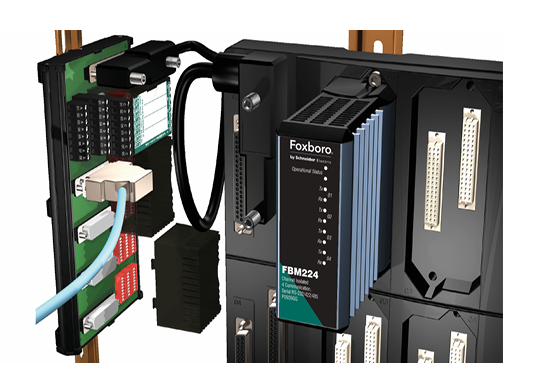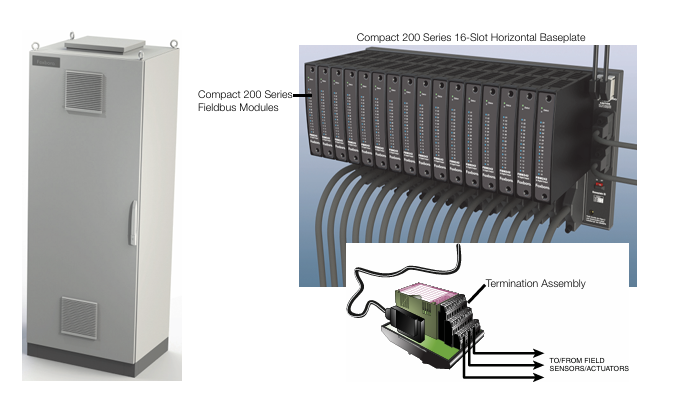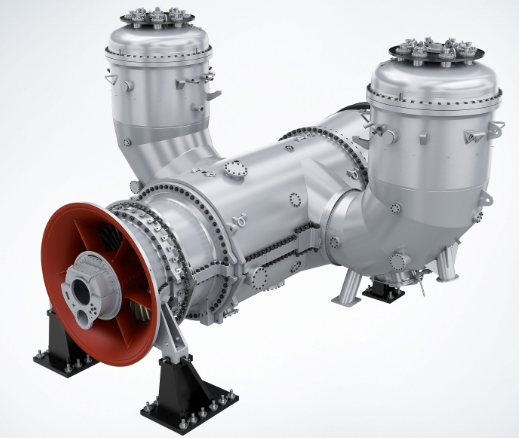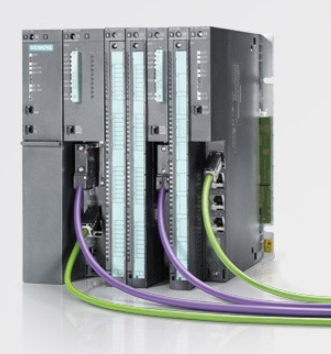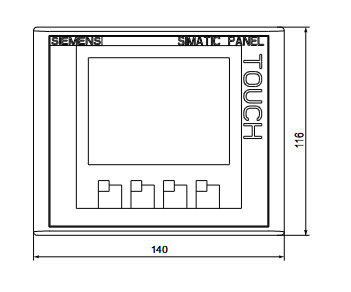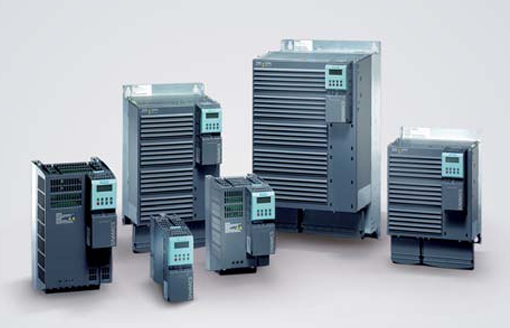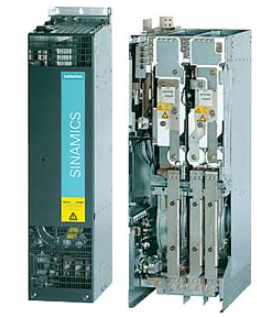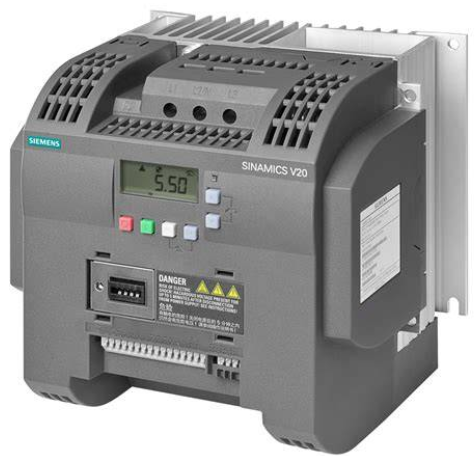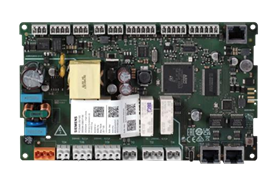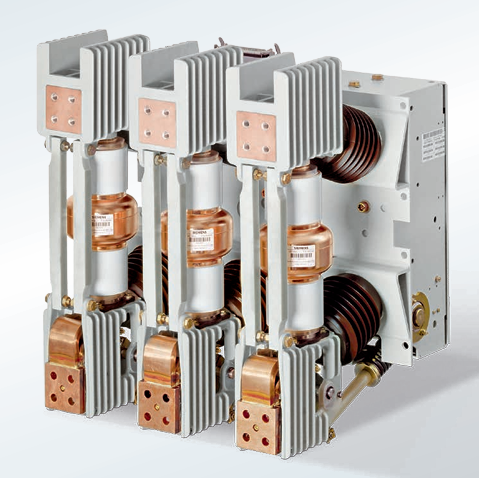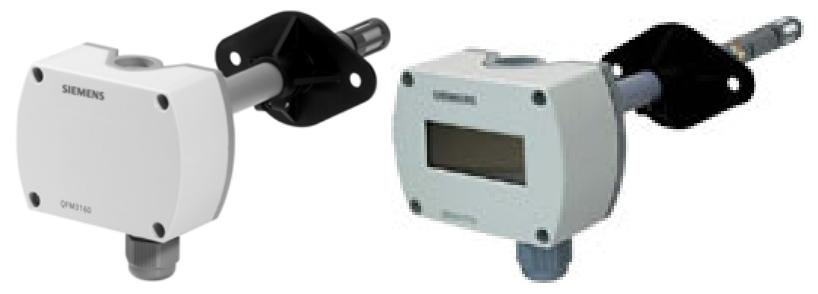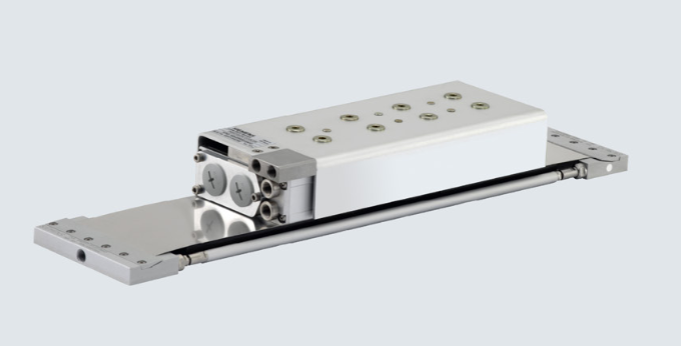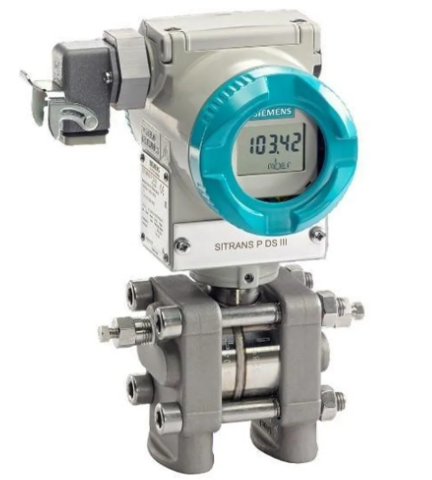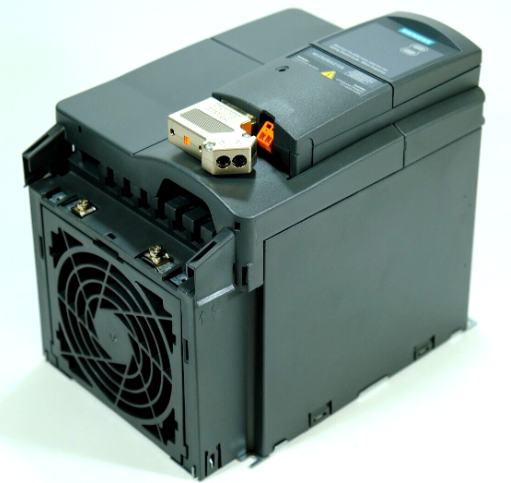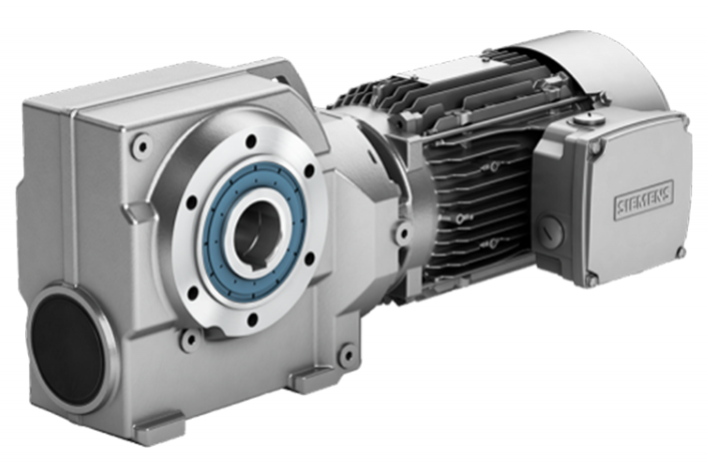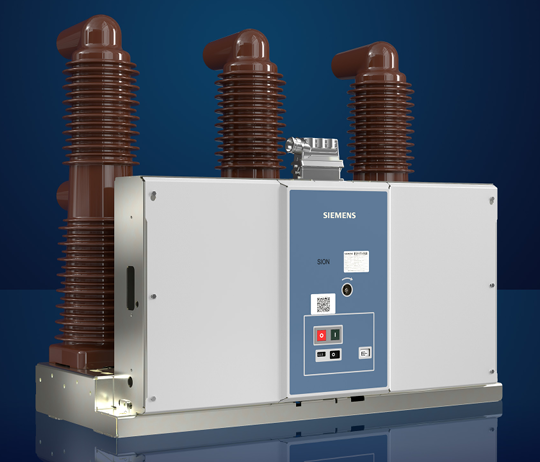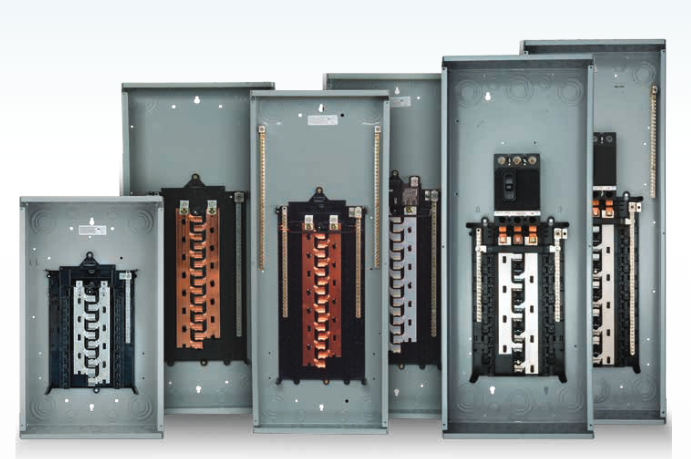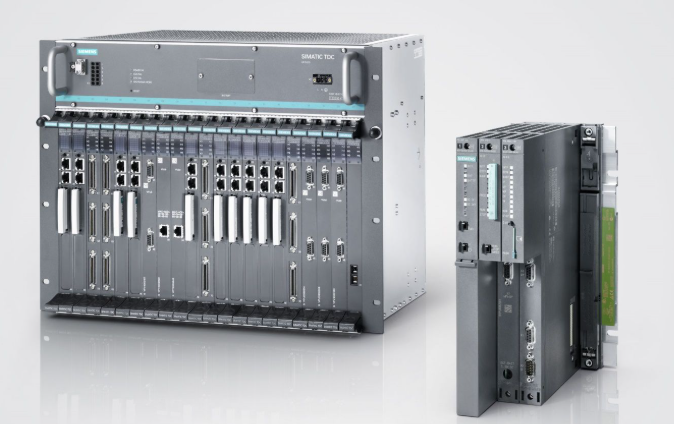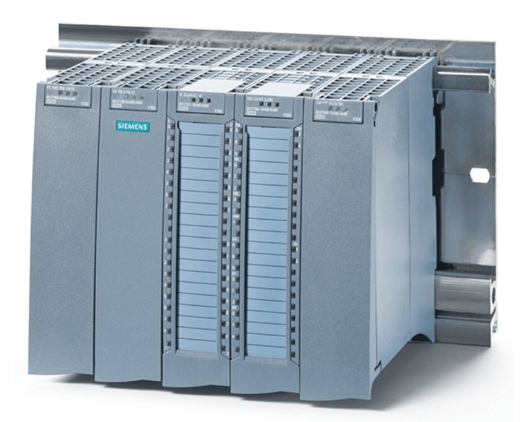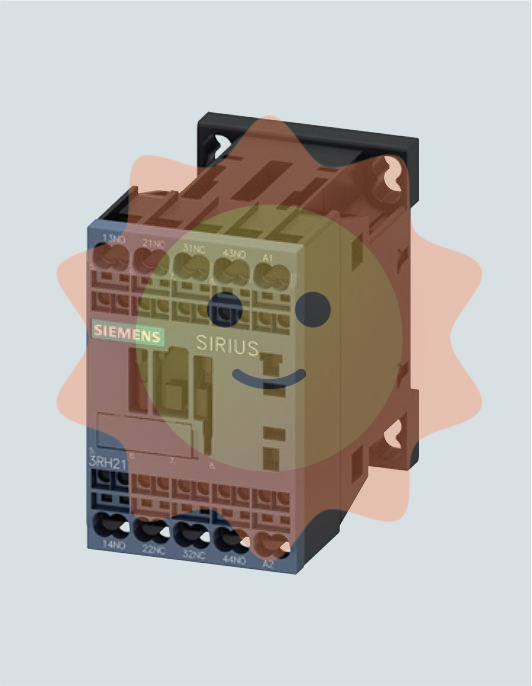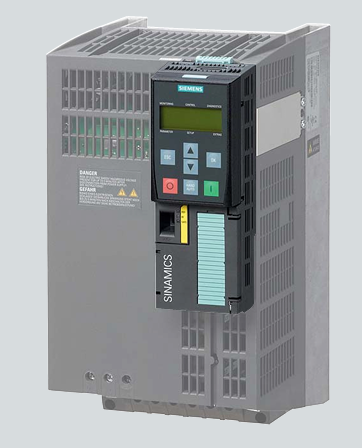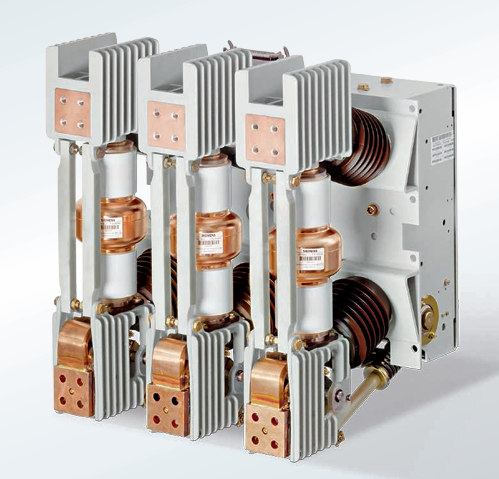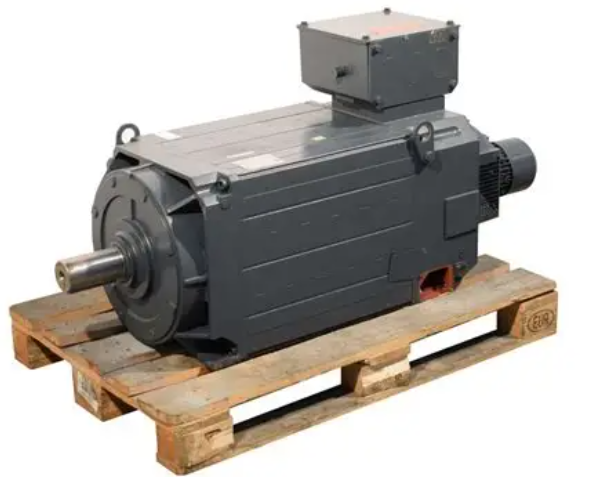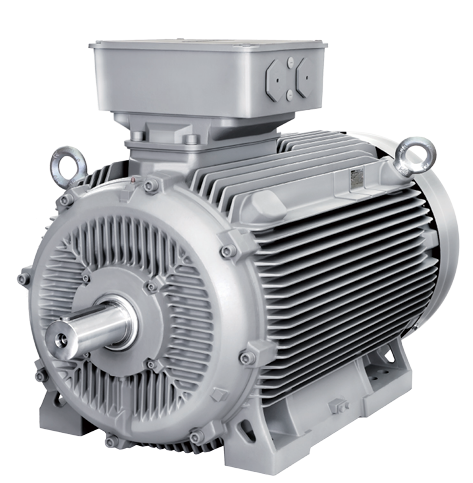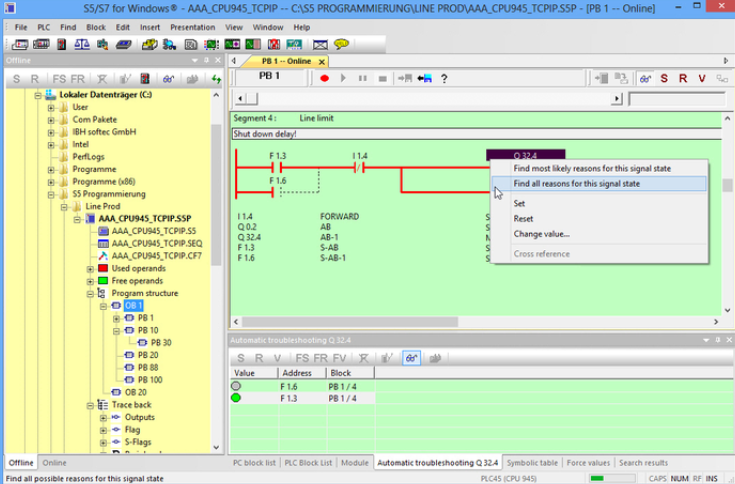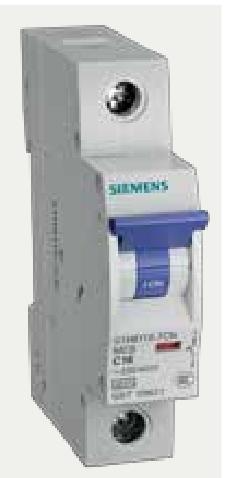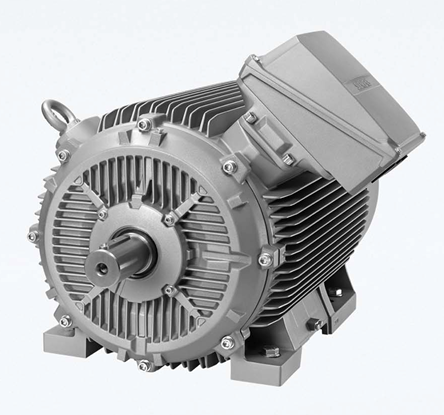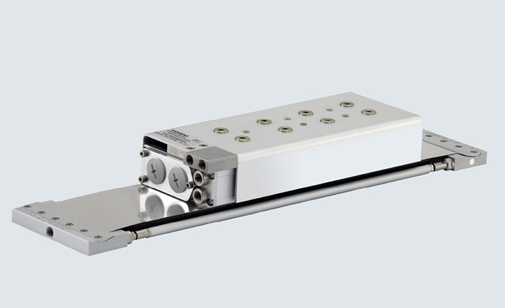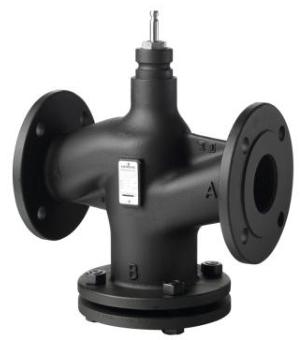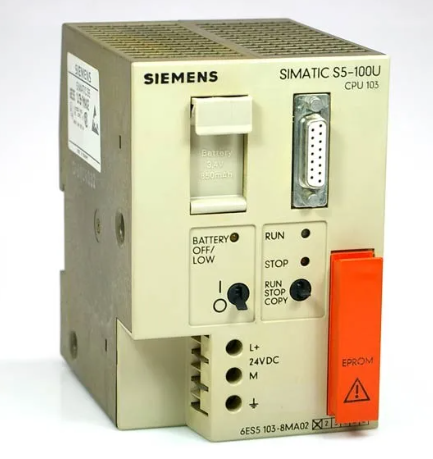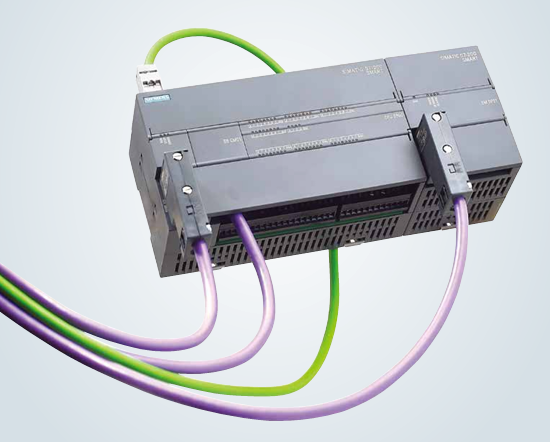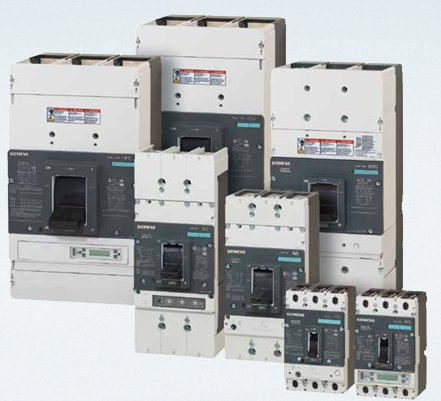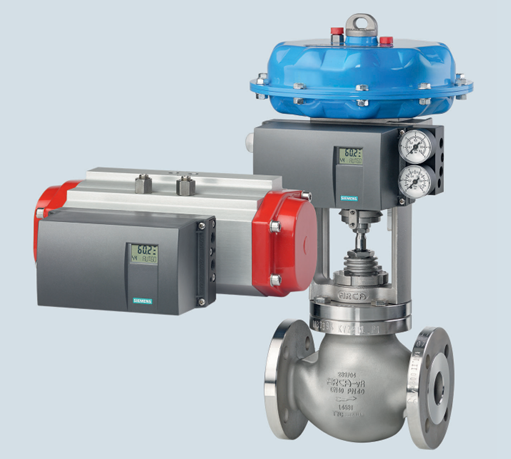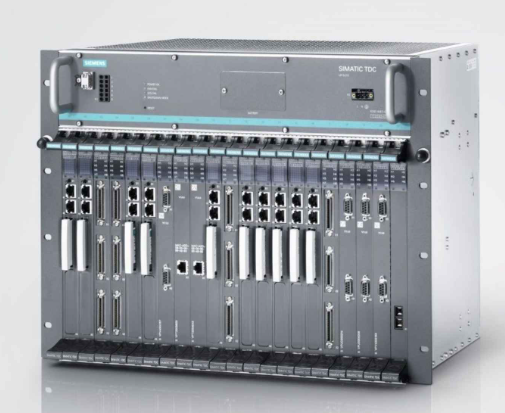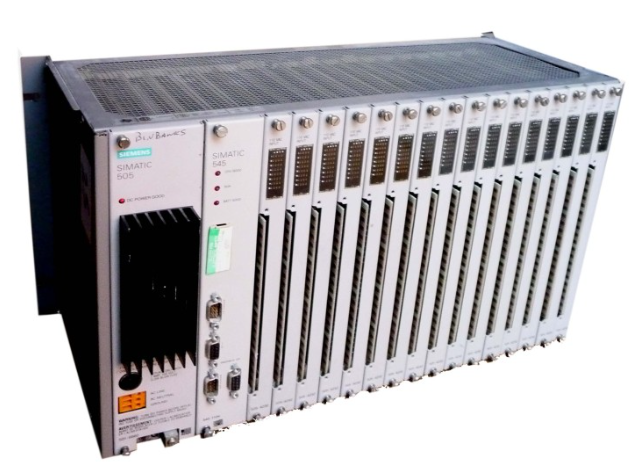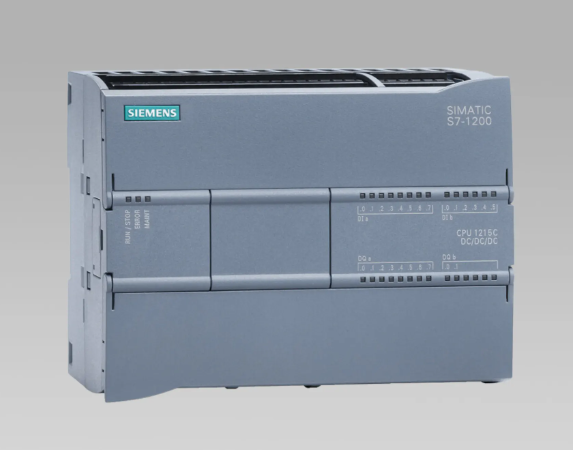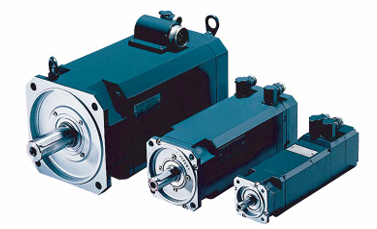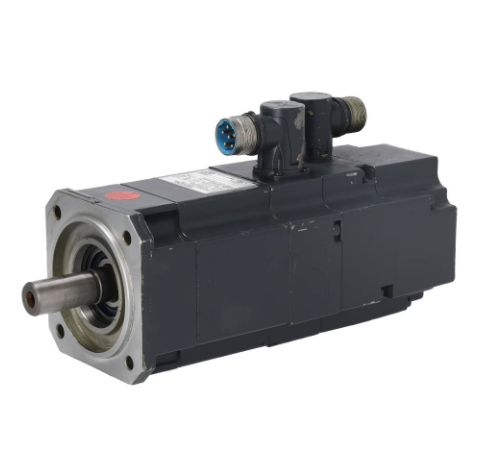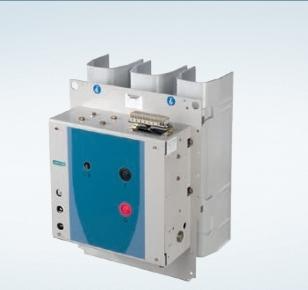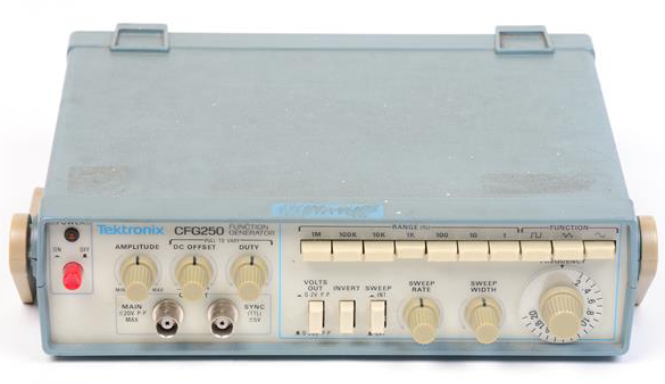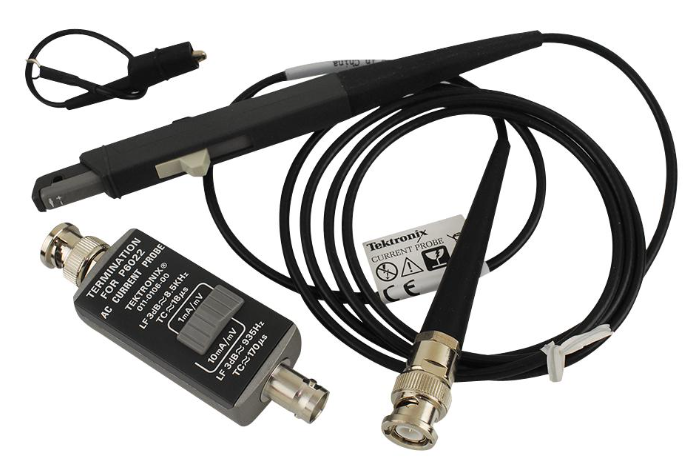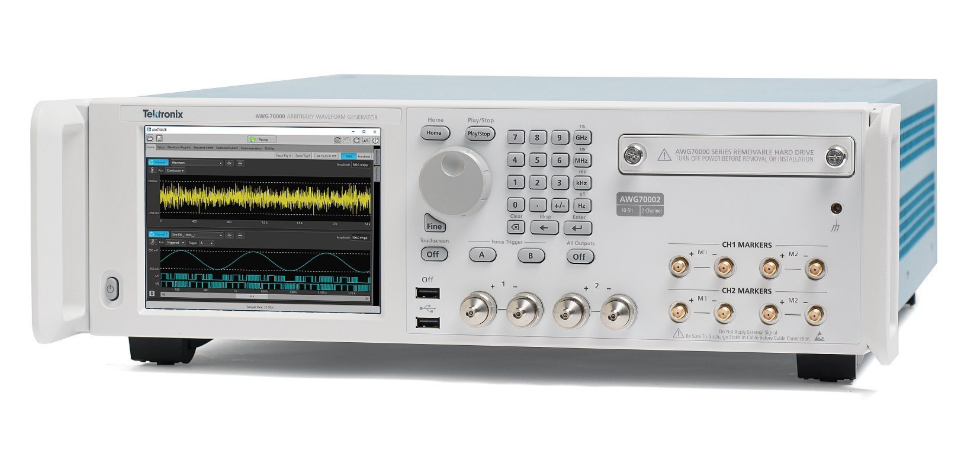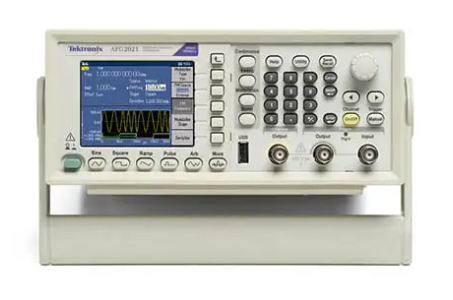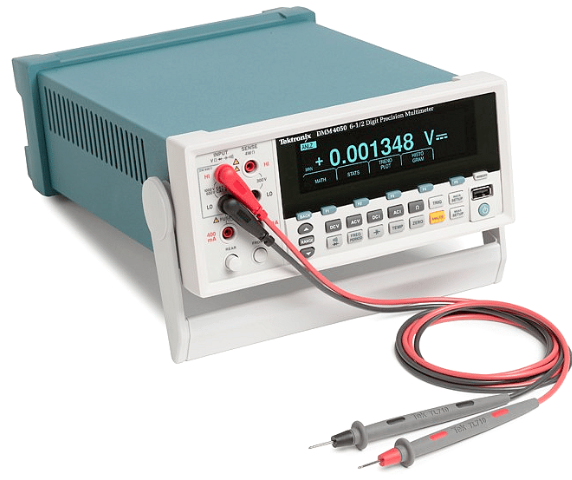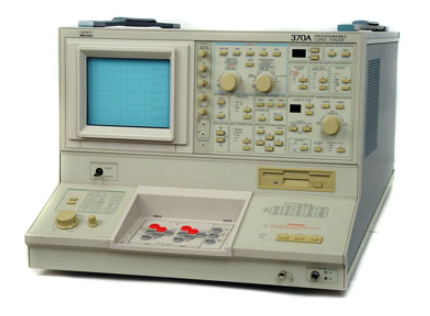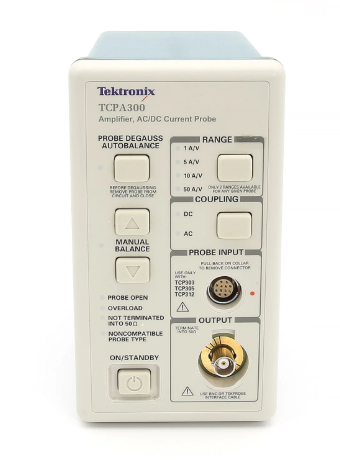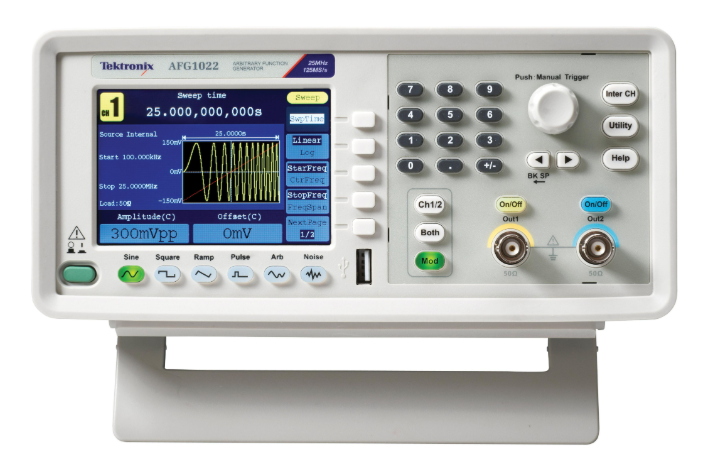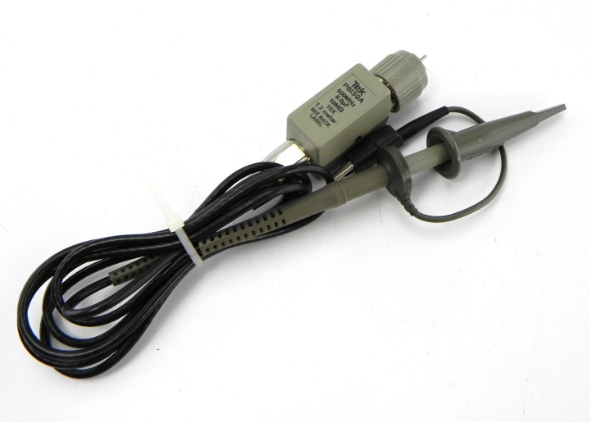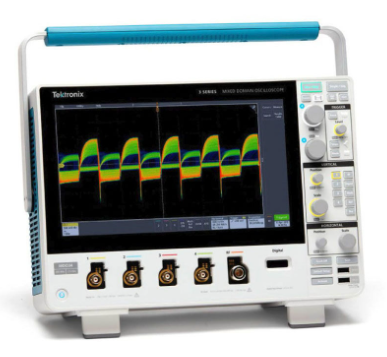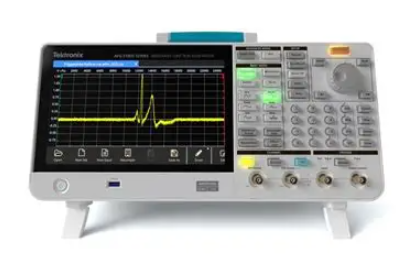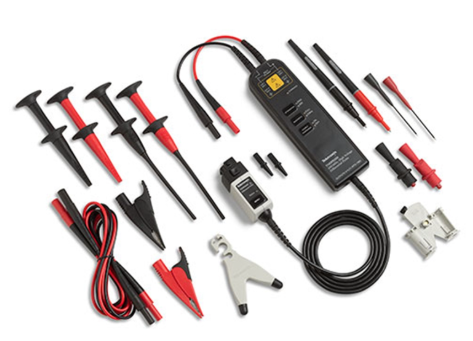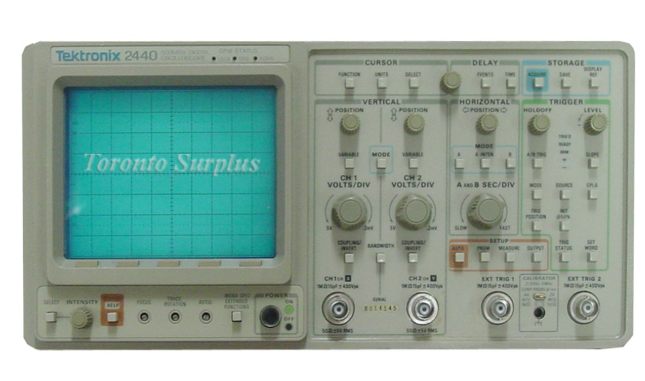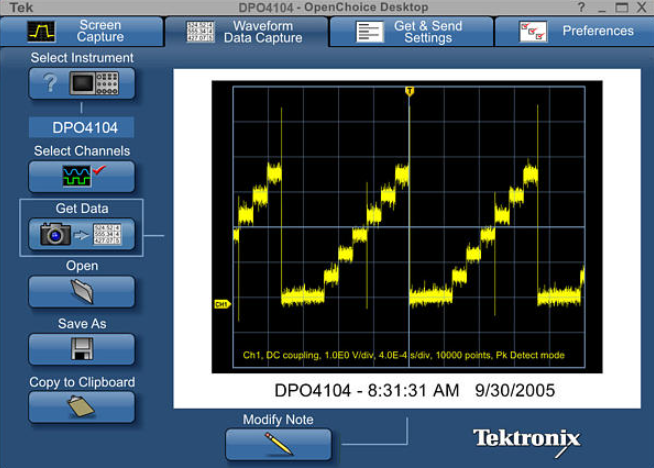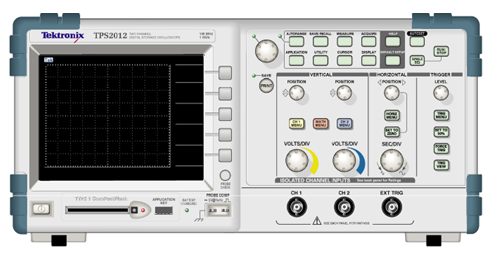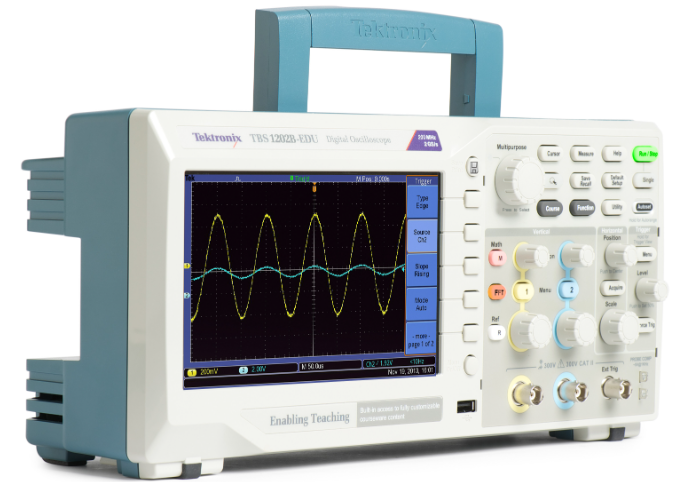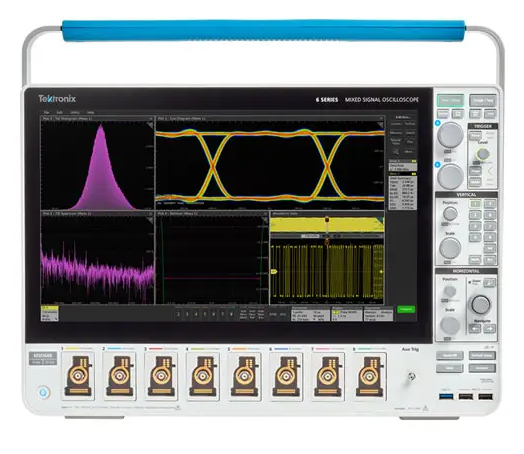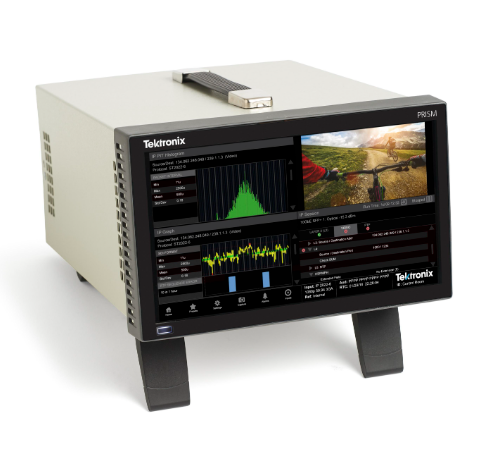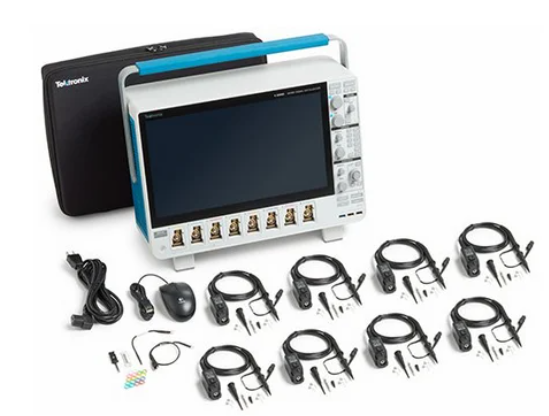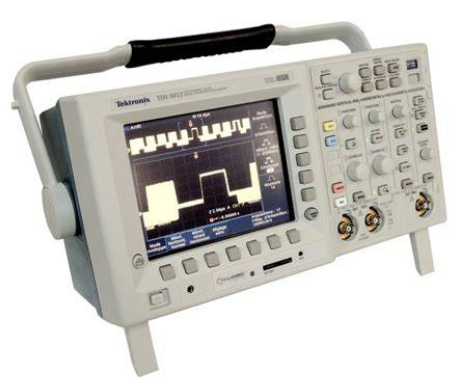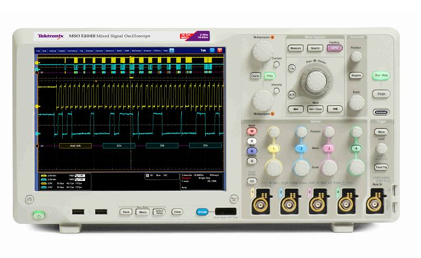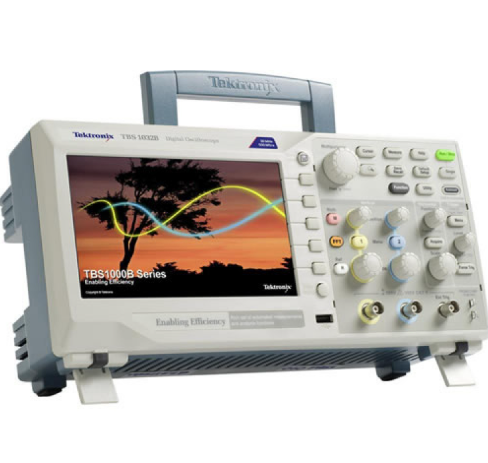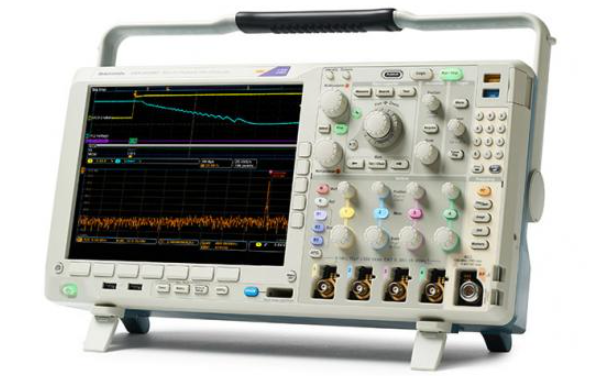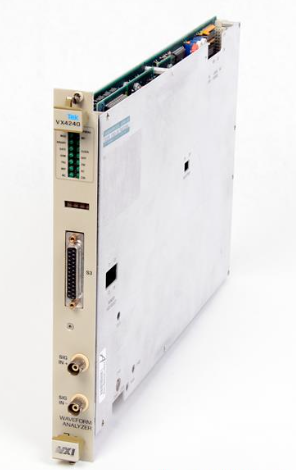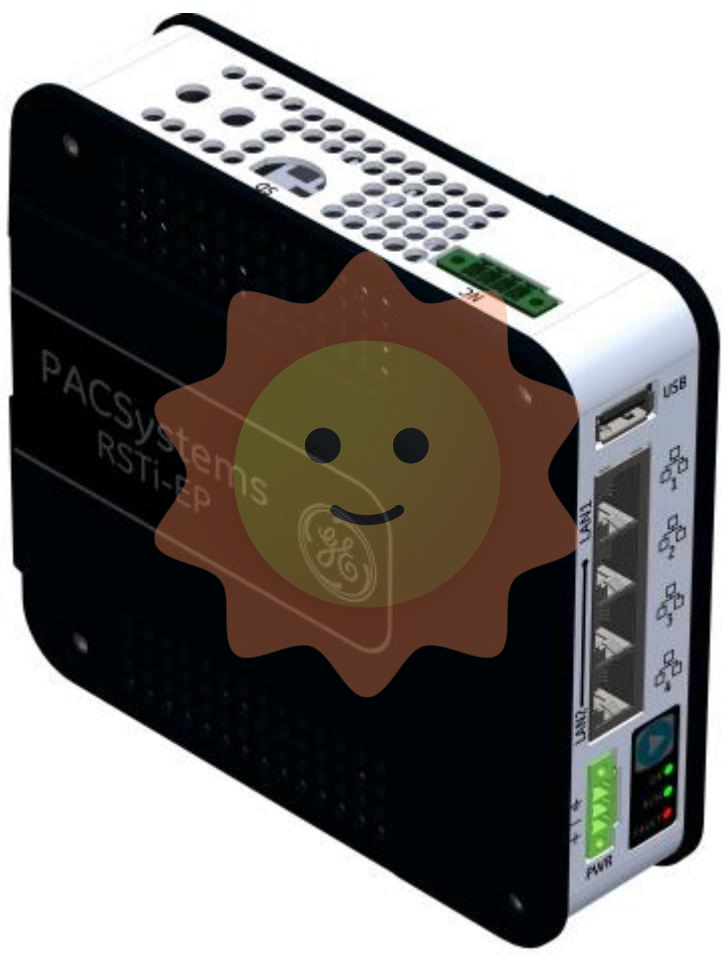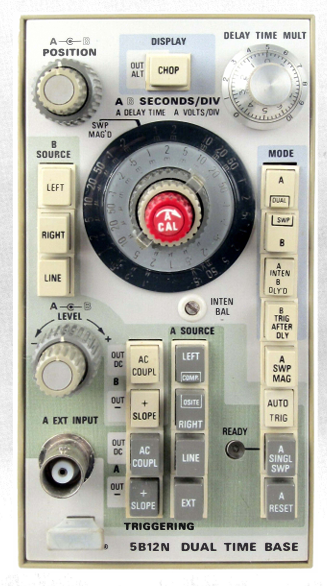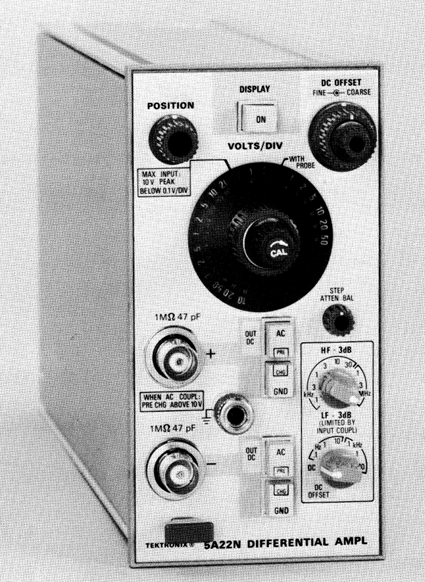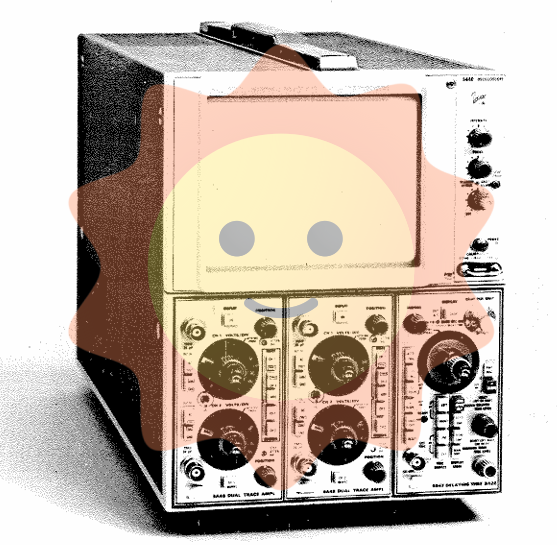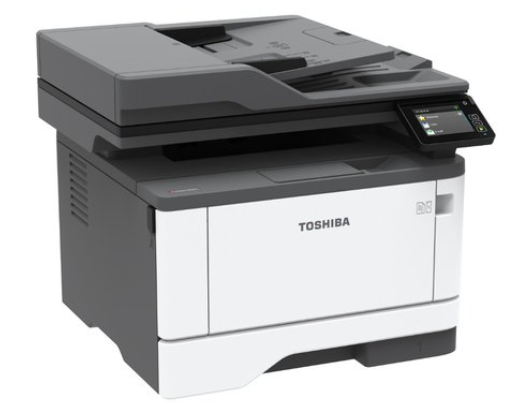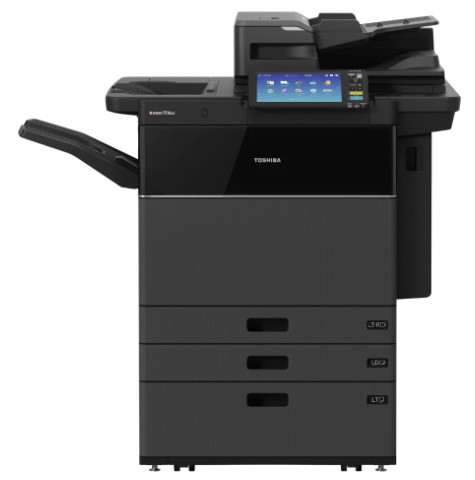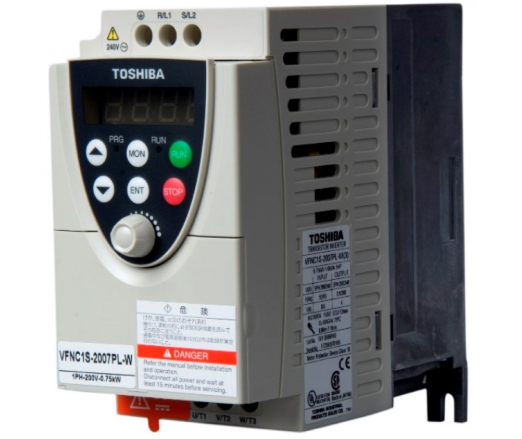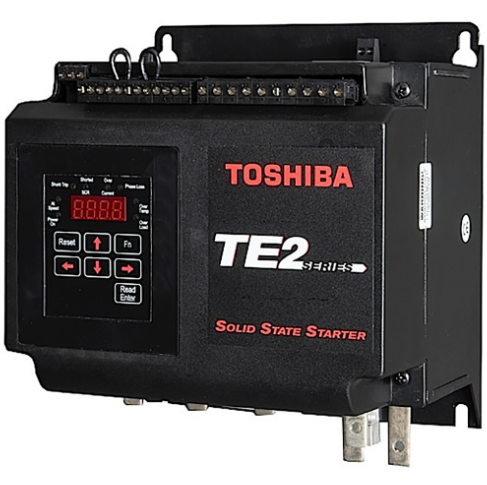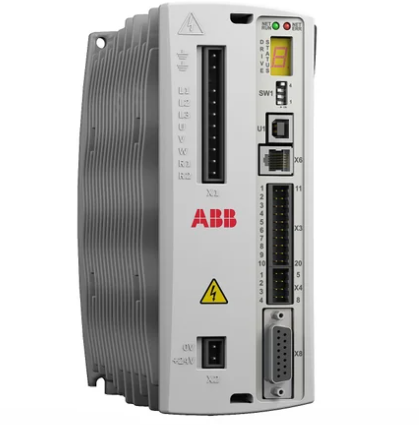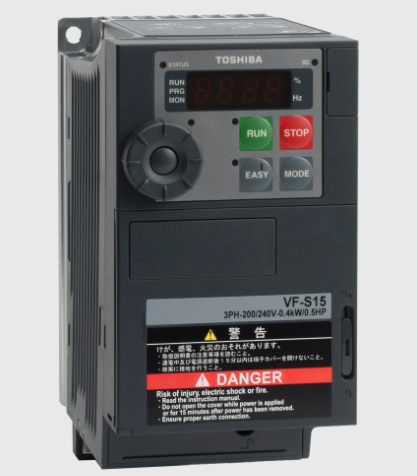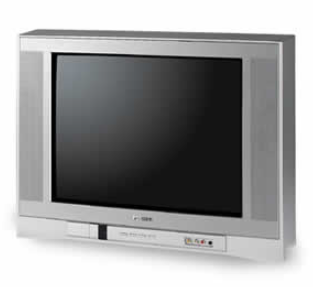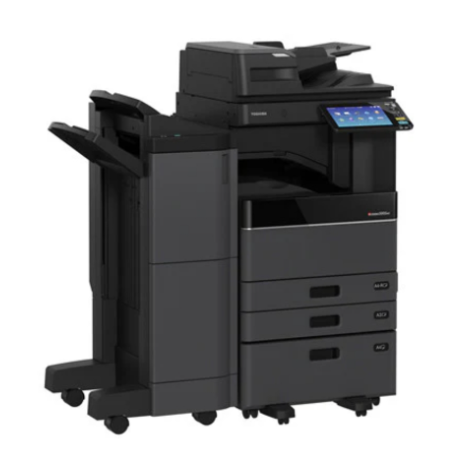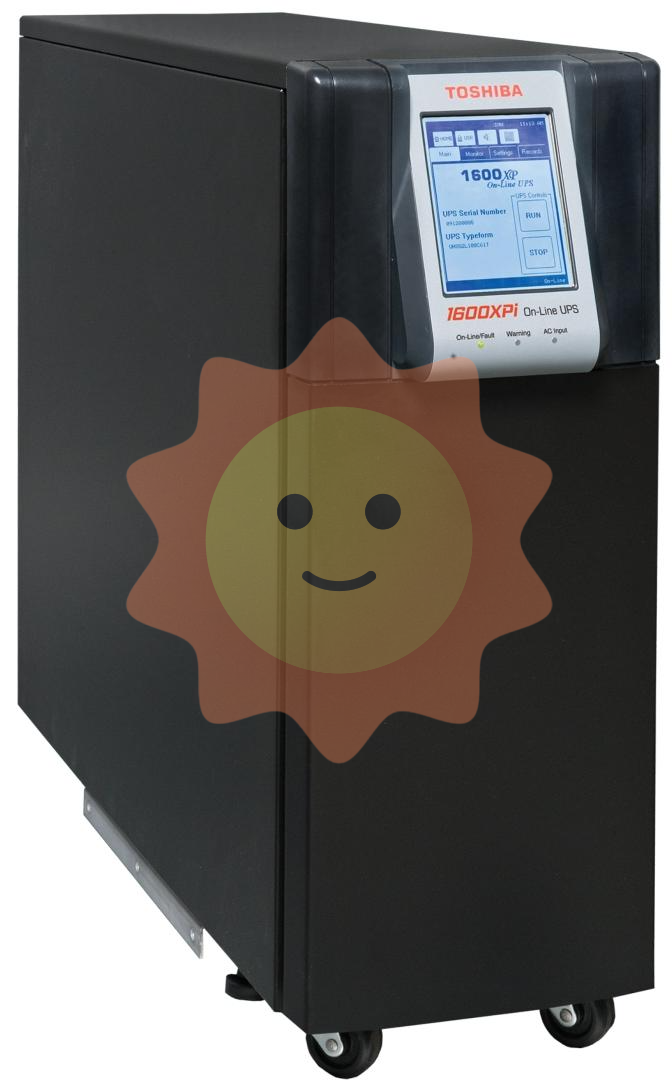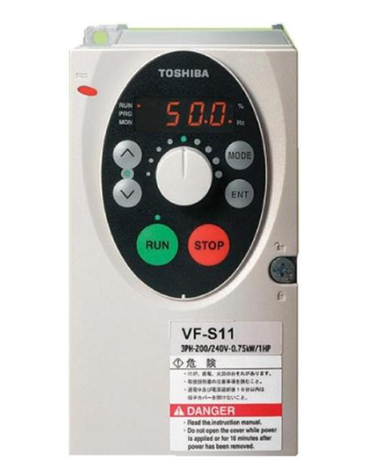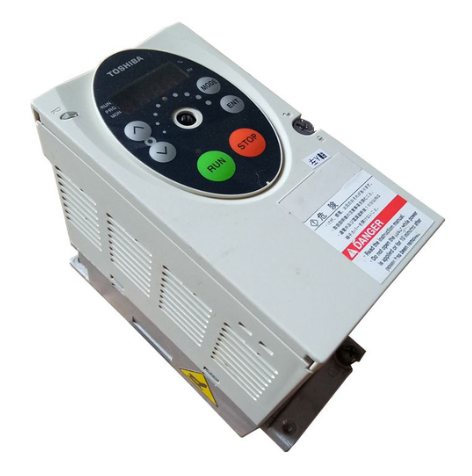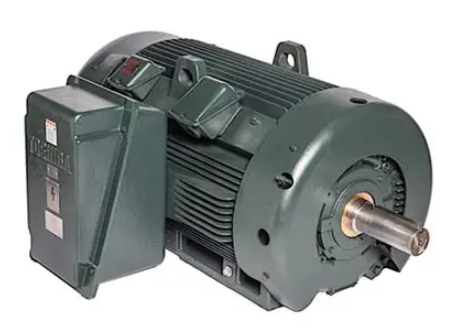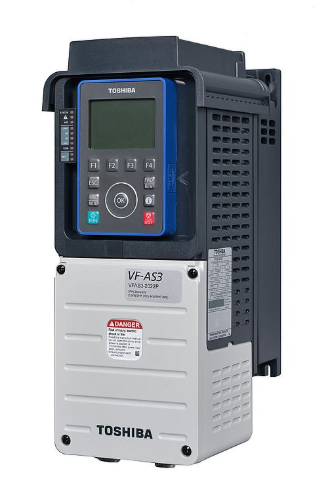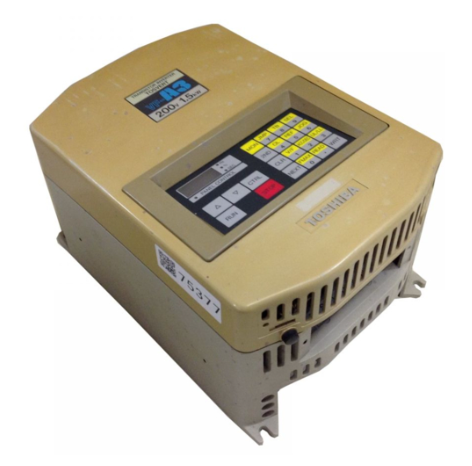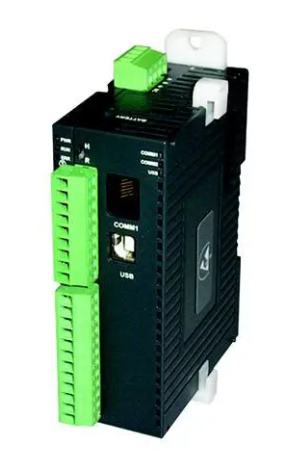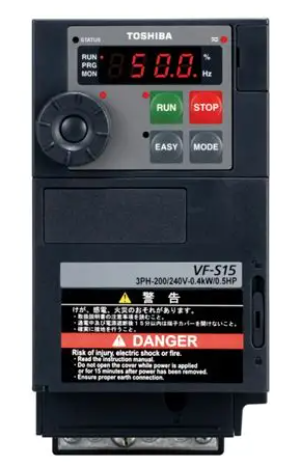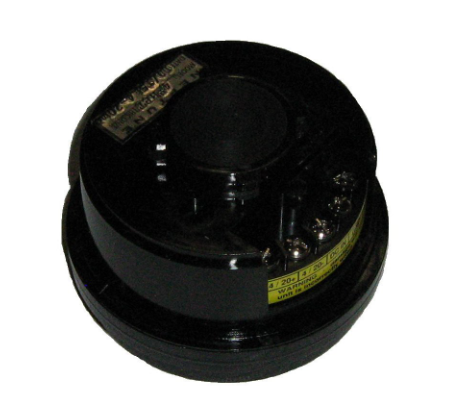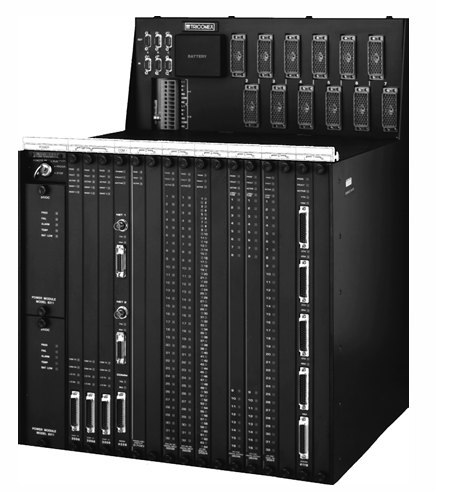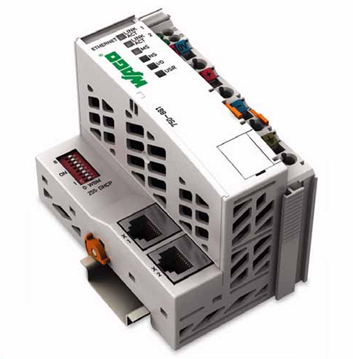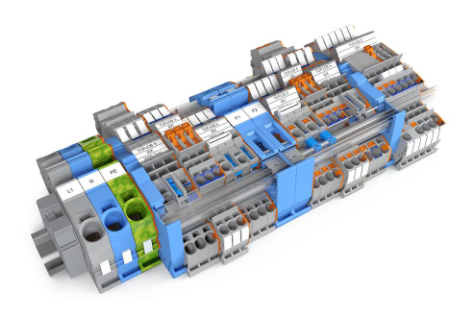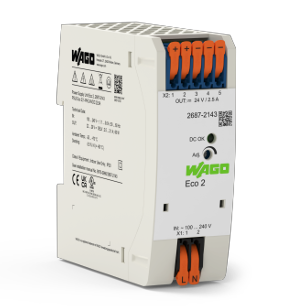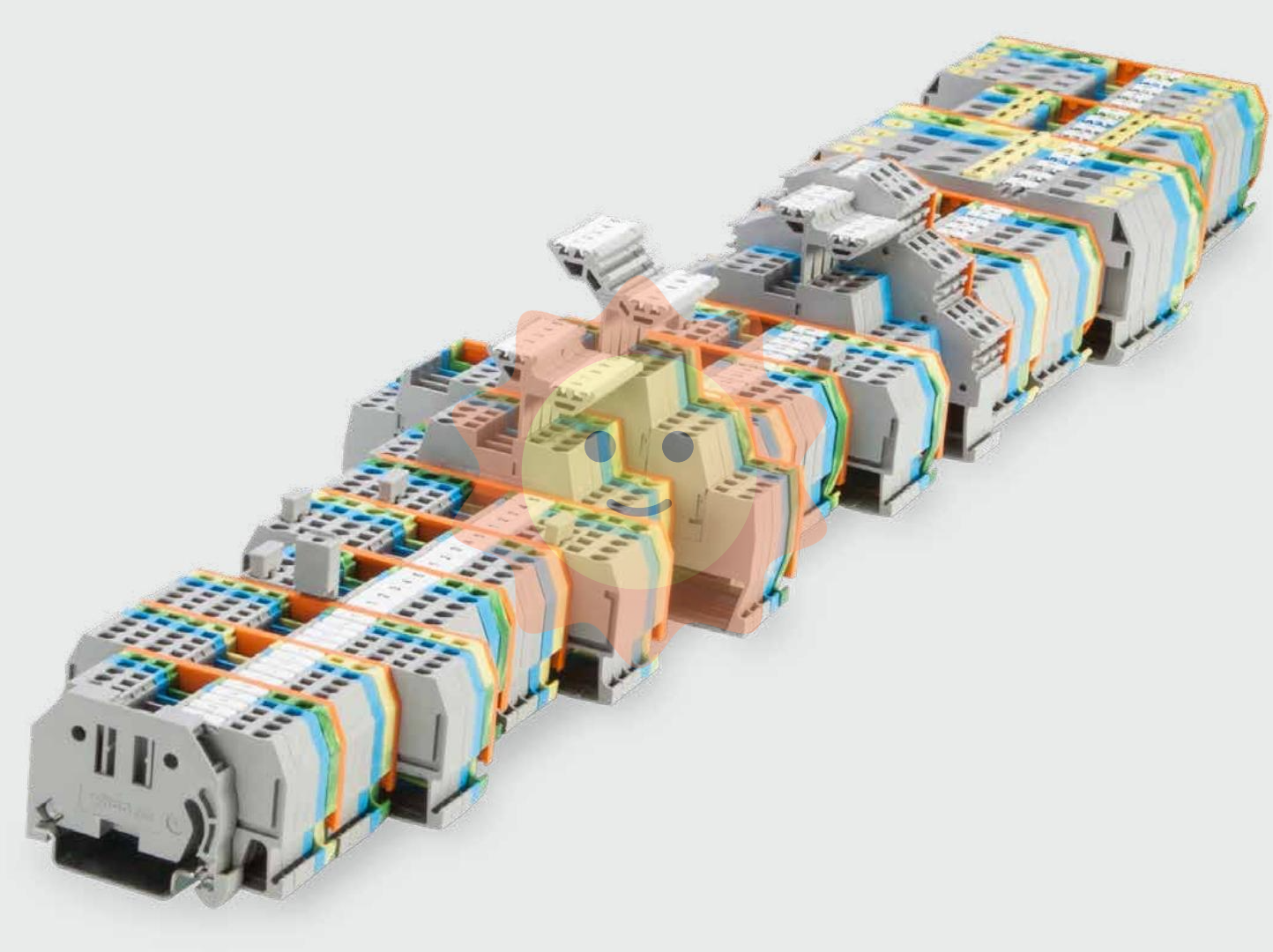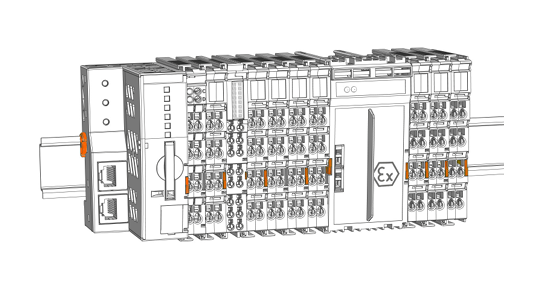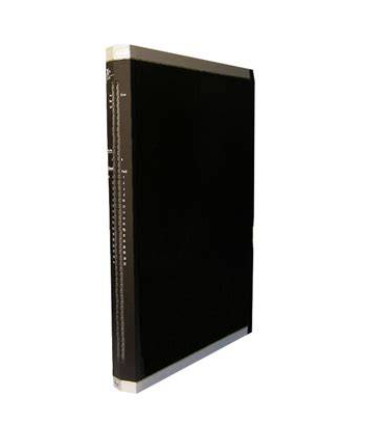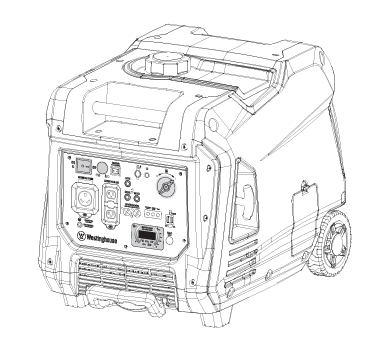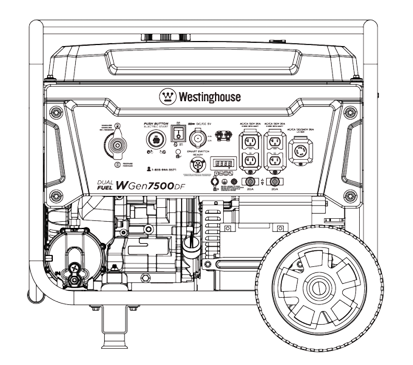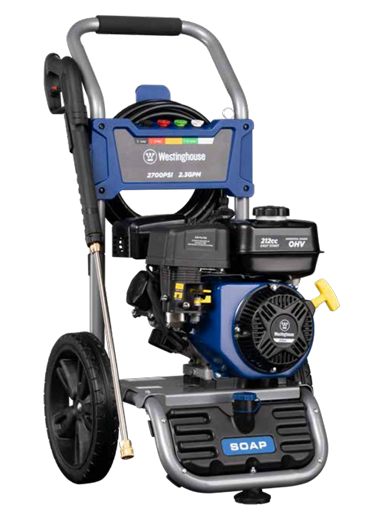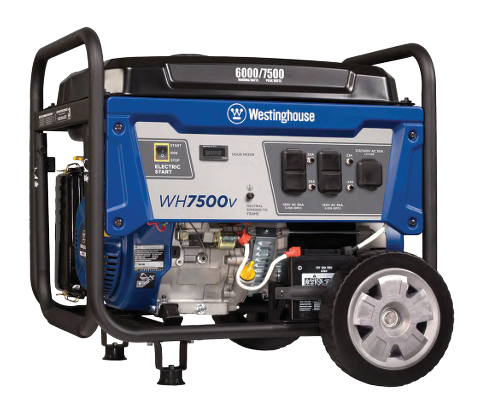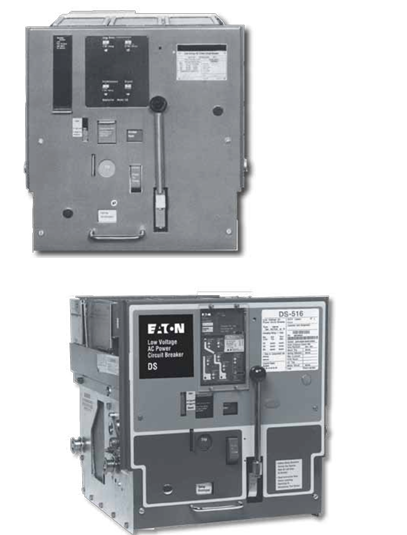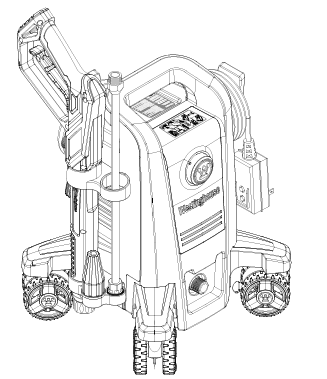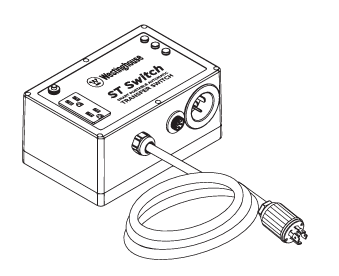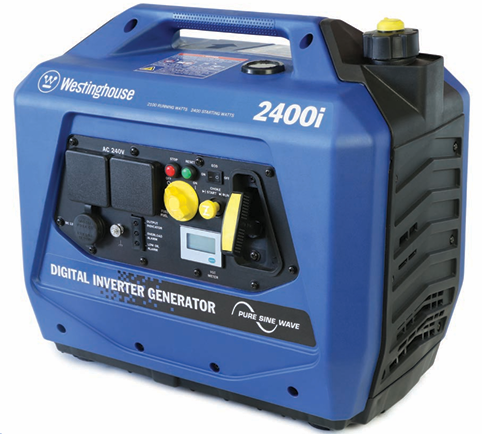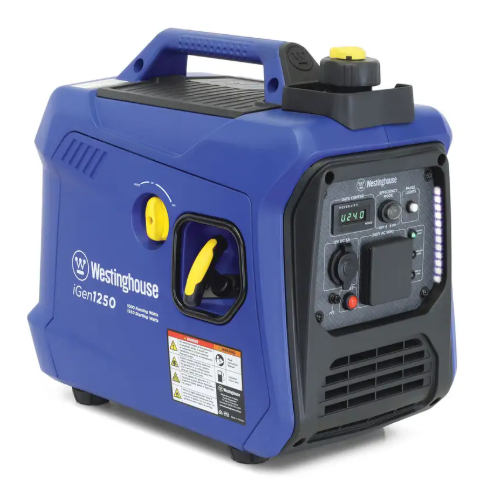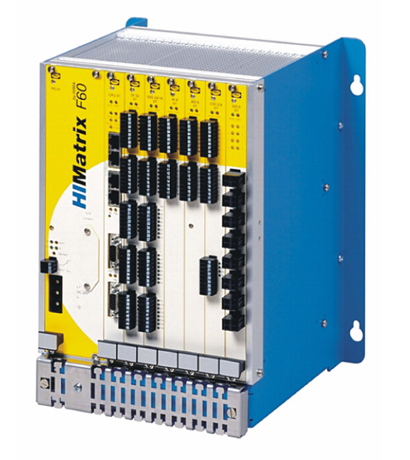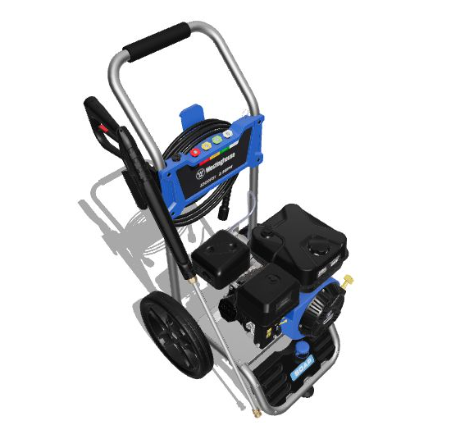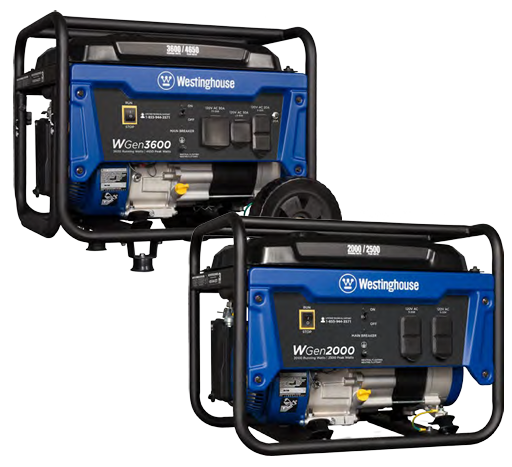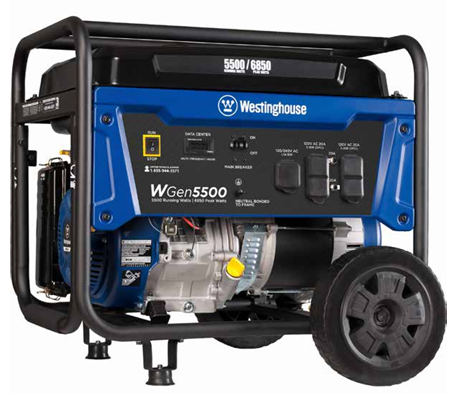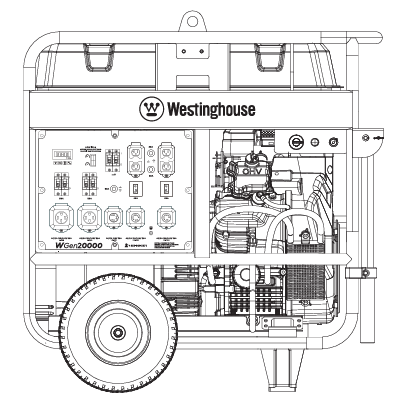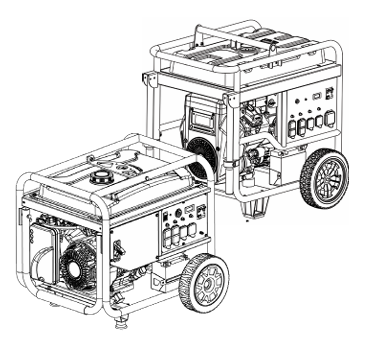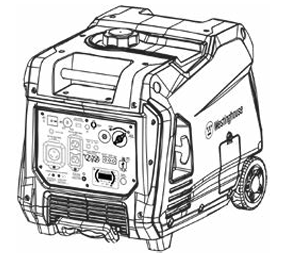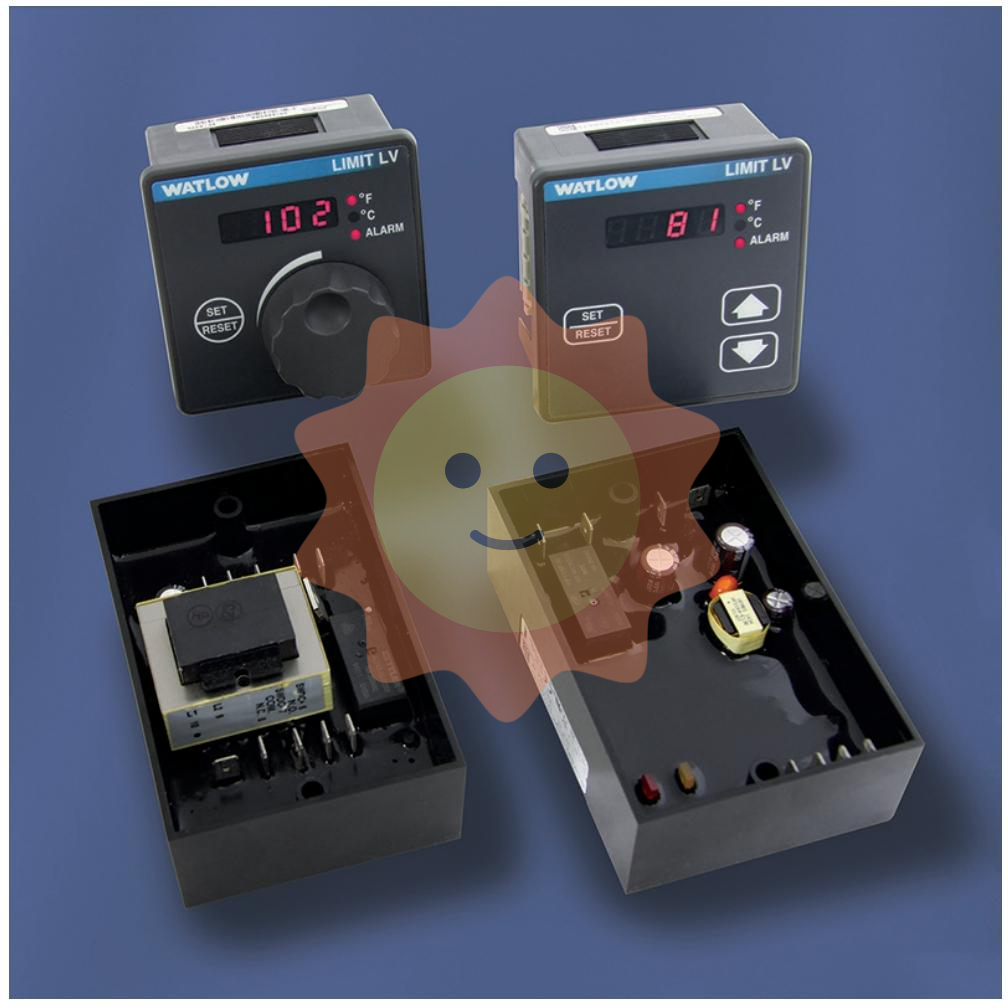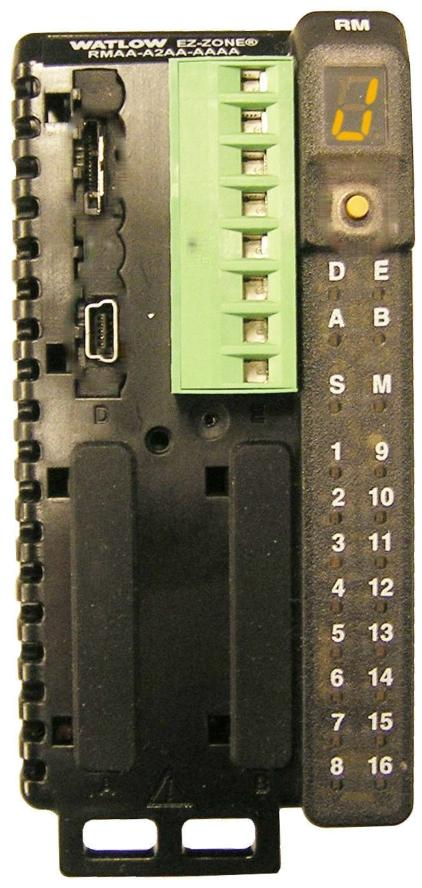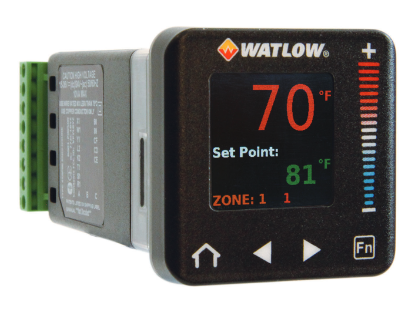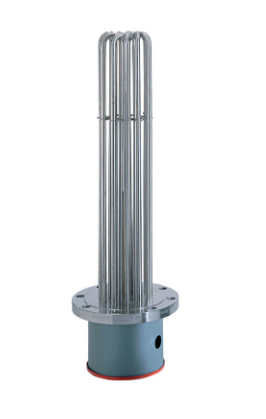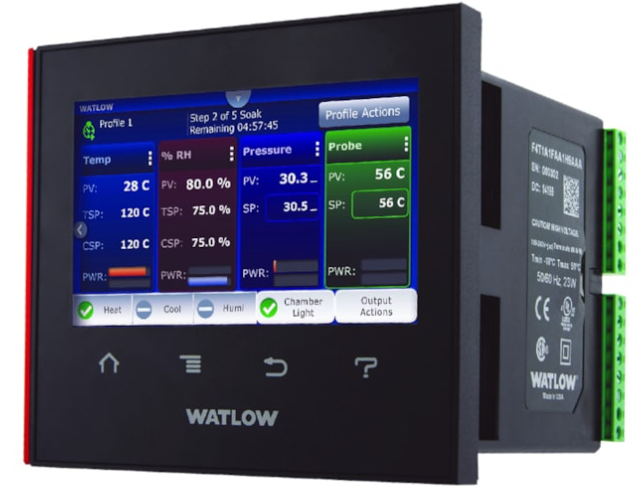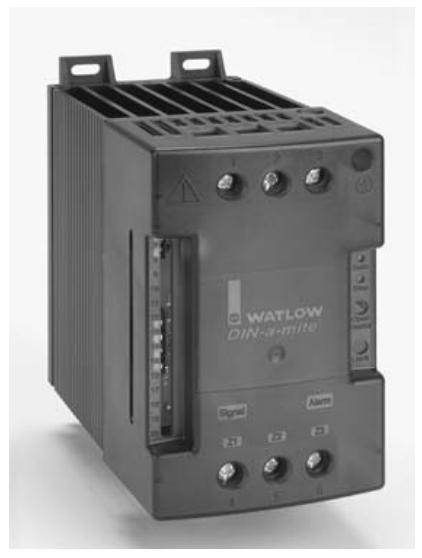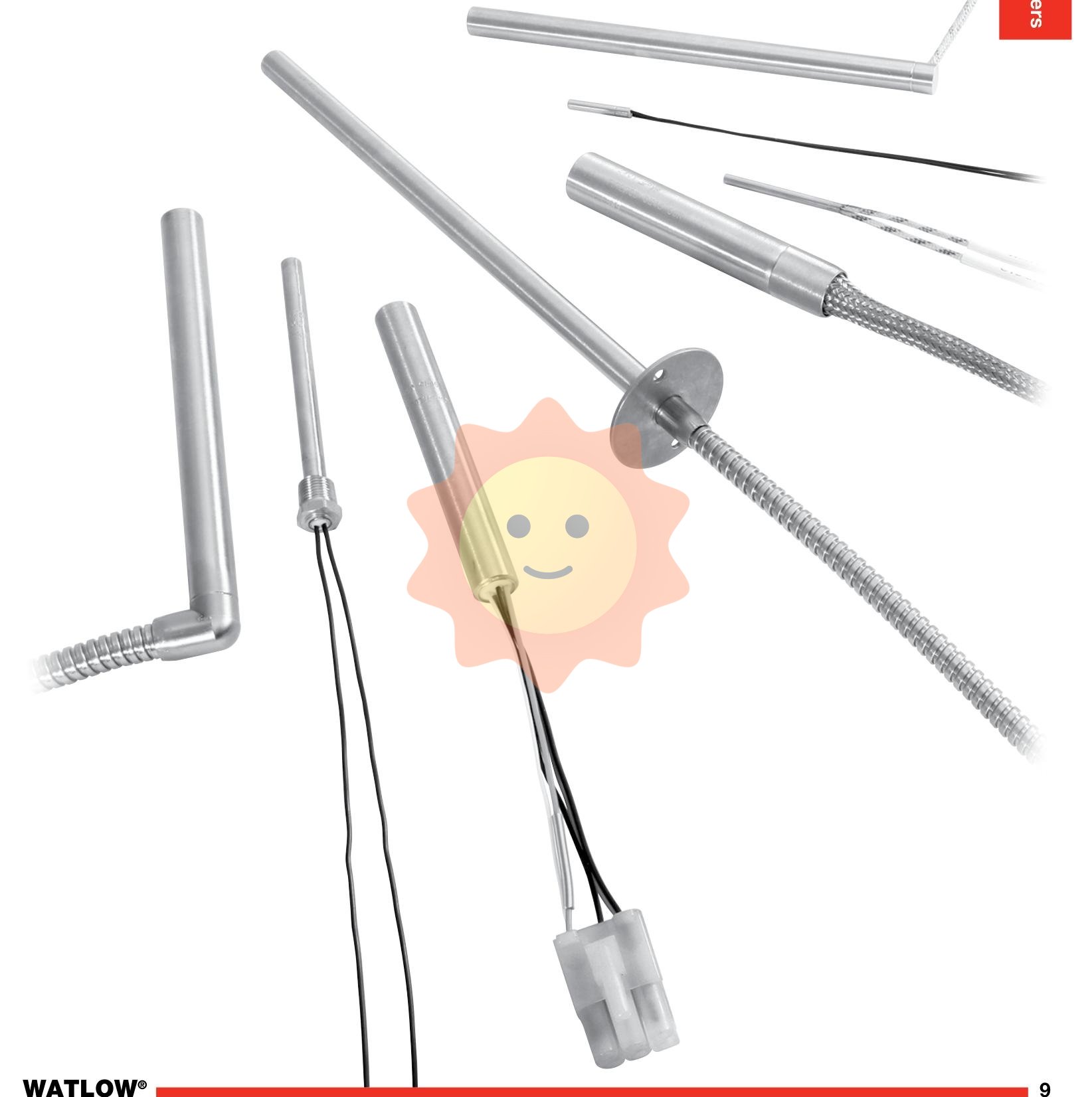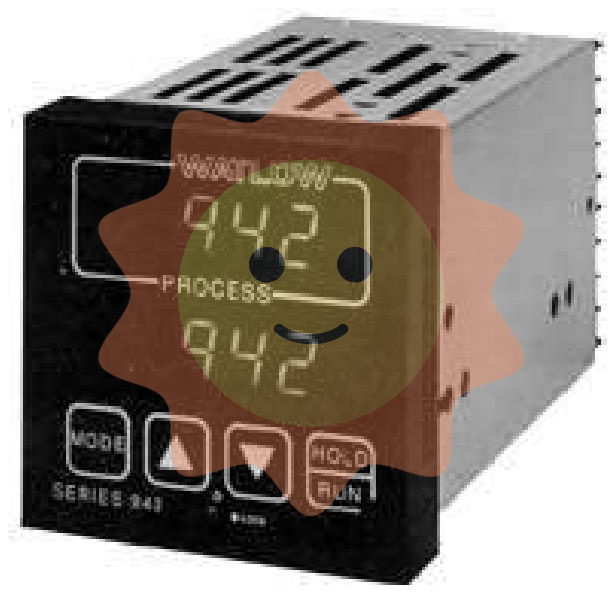ABB SPCMM11 Condition Monitoring Module
Overview
Product Definition and Function: ABB SPCMM11 Condition Monitoring Module (Condition Monitoring Module) is a professional module for condition monitoring of industrial equipment. Its main function is to monitor the operating status of industrial equipment (such as motors, pumps, fans, etc.) in real time, collect a variety of relevant data, and assess the health of the equipment by analysing these data. This helps to detect potential equipment failures in advance and realise predictive maintenance, thus reducing equipment downtime and improving productivity.
Working Principle
Data Acquisition Process:
Sensor Interfaces and Signal Types: The SPCMM11 module has a variety of sensor interfaces that enable the connection of different types of sensors. These sensors can include vibration sensors (e.g. accelerometers), temperature sensors (e.g. thermocouples, RTDs), current sensors and pressure sensors. For vibration sensors, the module can receive acceleration signals that may cover acceleration amplitudes from a few g (gravitational acceleration) to several hundred g, and frequency ranges from a few Hz to several tens of kHz.Temperature sensor signals are typically voltage signals proportional to the temperature (e.g., millivolt signals for thermocouples) or resistance signals (e.g., signals for resistance changes in RTDs). Current sensor signals are analogue signals proportional to the operating current of the device, e.g. 4 - 20mA current signals.
Signal Conditioning and Acquisition Circuit: When the sensor signal enters the module, it first passes through the signal conditioning circuit. For weak signals, such as those from vibration accelerometers, amplification is performed to increase the amplitude of the signal so that it can be accurately measured. At the same time, the signal is filtered to remove unwanted frequency components, for example, for vibration signals, high-frequency noise and low-frequency interfering signals are removed, and only the frequency range related to equipment fault characteristics is retained. The analogue signals are then converted into digital signals by means of high-precision analogue-to-digital (A/D) conversion circuits.The high resolution of the A/D conversion, e.g. up to 12 - 16 bits, ensures that the analogue signals can be accurately digitised.
Data analysis and condition assessment:
Data processing algorithms: The collected digital data is fed into the module's internal processor, which runs various data analysis algorithms. For vibration data, spectral analysis algorithms, such as the Fast Fourier Transform (FFT), are used to convert the vibration signal in the time domain to a frequency domain signal and analyse the vibration frequency components and amplitudes. By comparing the amplitude of different frequency components with the preset fault threshold, it is possible to determine whether the equipment has problems such as imbalance, misalignment and bearing failure. For temperature data, trend analysis will be performed to observe whether the trend of temperature change is abnormal, such as the temperature continues to rise may indicate the existence of equipment overload or poor heat dissipation and other problems.
Fault diagnosis and early warning mechanism: Based on the data analysis results, the module is able to carry out fault diagnosis. If a monitoring parameter exceeds the preset normal range or an abnormal pattern of change, the module will trigger a warning signal. Early warning signals can be output in various ways, such as digital output signals (for lighting up the fault indicator) or communication interfaces to send alarm messages to the upper control system. At the same time, the module can carry out graded alarms according to the severity of the fault, for example, a first-level warning is issued for minor anomalies, suggesting the need for further observation; a high-level warning is issued when there are signs of a serious fault, reminding the need to take immediate maintenance measures.
Communication and System Integration:
Communication interface and protocol support: SPCMM11 module is equipped with a variety of communication interfaces, such as Ethernet interface, RS-485 interface and so on. Through these interfaces, the module can communicate with upper control systems (e.g. PLC, DCS) or remote monitoring systems. It supports a variety of communication protocols, such as Modbus-TCP, Profibus-DP, and so on. When using Modbus - TCP protocol, the module can be used as a server, the upper system as a client, through the network for data interaction, the client can read the device status data and alarm information collected by the module, you can also set some parameters of the module.
System integration application: In industrial automation system, SPCMM11 module can be easily integrated into the existing equipment monitoring system. For example, in the equipment management system of a factory, multiple SPCMM11 modules can be connected to different key equipment separately, and the equipment status data can be centrally transmitted to the central monitoring system. Monitoring personnel can view real-time equipment status, historical data curves and other information through the upper system software, realising centralised management and status monitoring of numerous equipment in the plant.
Performance features
High-precision Data Acquisition: It can achieve high-precision data acquisition and high accuracy for various sensor signals. For example, in vibration signal acquisition, it can accurately capture displacement amplitude at micron level (displacement is obtained by integrating the acceleration signal) or acceleration amplitude at milligram level; in temperature acquisition, the accuracy can reach ±0.1℃ - ±1℃, which depends on the type of sensors and the configuration of the module, to ensure that it can accurately capture the small changes in the state of the equipment.
Multi-parameter monitoring capability: Multiple equipment operating parameters can be monitored simultaneously, including vibration, temperature, current, pressure, and more. This multi-parameter monitoring approach provides a more comprehensive view of equipment condition, as equipment failures are often reflected in multiple parameters. For example, a motor failure may result in abnormal vibration, elevated temperature and current fluctuations at the same time. By analysing these parameters together, it is possible to more accurately determine the type and location of the failure.
Real-time monitoring and rapid response: real-time monitoring of the state of the equipment can quickly detect changes in parameters and respond in a timely manner. Once abnormal conditions are monitored, the output of warning signals can be completed in milliseconds to seconds, enabling maintenance personnel to take rapid action. For example, when monitoring a sudden rise in motor bearing temperature above a set threshold, an alarm signal can be sent within seconds to prevent further damage to the bearing.

- User name Member Level Quantity Specification Purchase Date
- Satisfaction :
-









Email:wang@kongjiangauto.com

